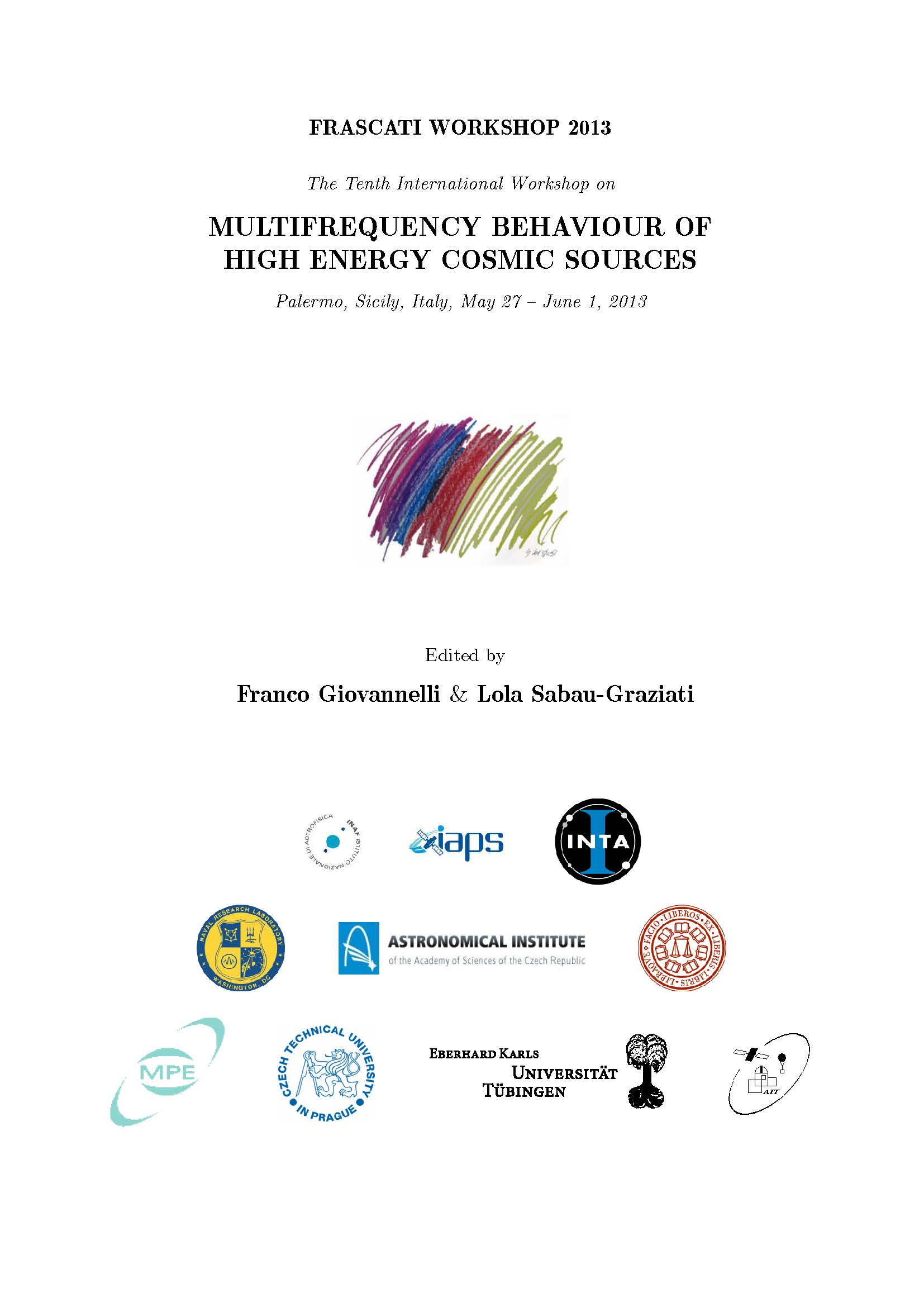Electron Acceleration in Supernovae and Millimeter Perspectives
DOI:
https://doi.org/10.14311/APP.2014.01.0210Abstract
Supernovae launch a strong shock wave by the interaction of the expanding ejecta and surrounding circumstellar matter (CSM). At the shock, electrons are accelerated to relativistic speed, creating observed synchrotron emissions in radio wavelengths. In this paper, I suggest that SNe (i.e., < 1 year since the explosion) provide a unique site to study the electron acceleration mechanism. I argue that the eciency of the acceleration at the young SN shock is much lower than conventionally assumed, and that the electrons emitting in the cm wavelengths are not fully in the Diffusive Shock Acceleration (DSA) regime. Thus radio emissions from young SNe record information on the yet-unresolved 'injection' mechanism. I also present perspectives of millimeter (mm) observations of SNe - this will provide opportunities to uniquely determine the shock physics and the acceleration efficiency, to test the non-linear DSA mechanism and provide a characteristic electron energy scale with which the DSA start dominating the electron acceleration.Downloads
Download data is not yet available.
Downloads
Published
2014-12-04
Issue
Section
Articles
How to Cite
Maeda, K. (2014). Electron Acceleration in Supernovae and Millimeter Perspectives. Acta Polytechnica CTU Proceedings, 1(1), 210-214. https://doi.org/10.14311/APP.2014.01.0210



